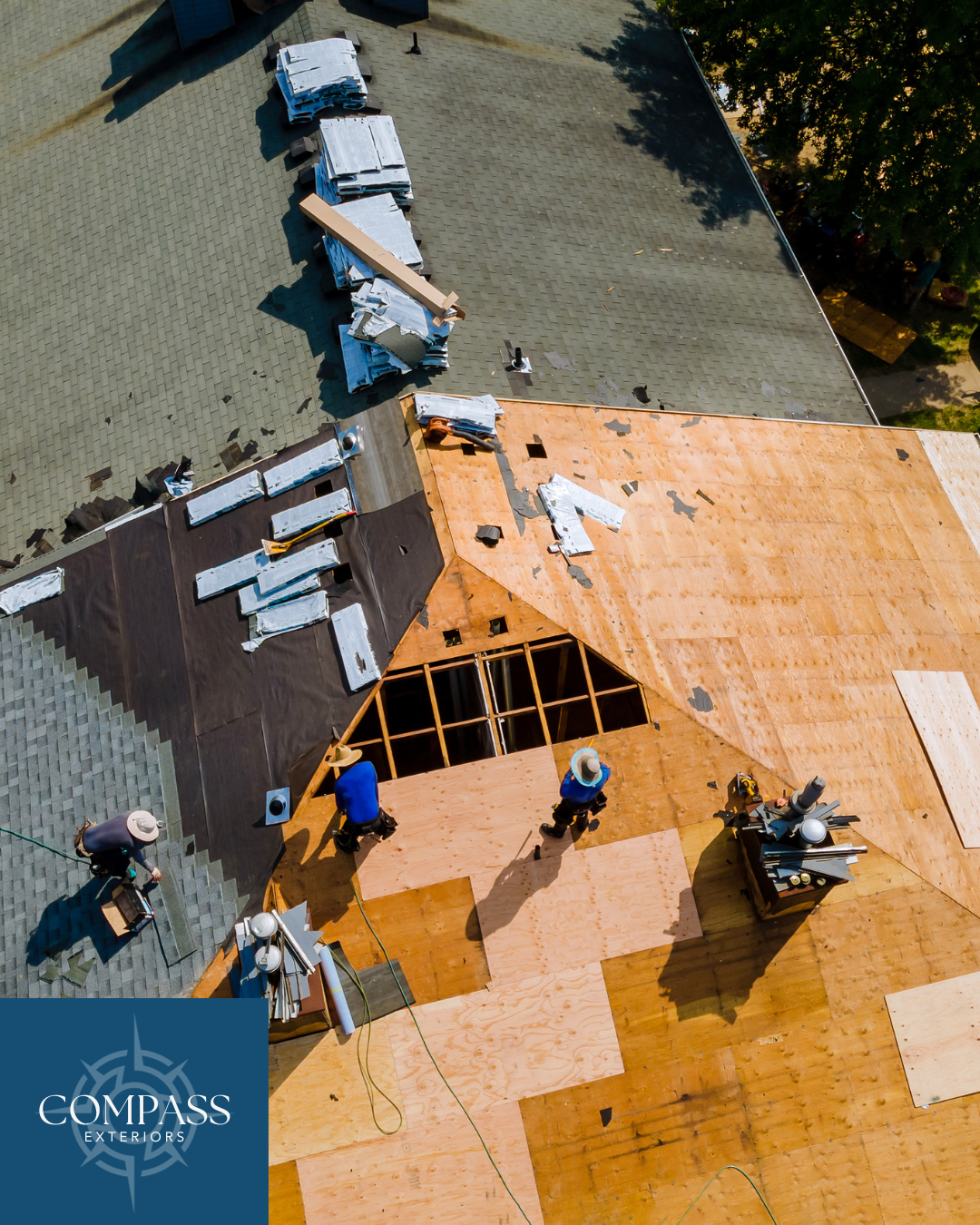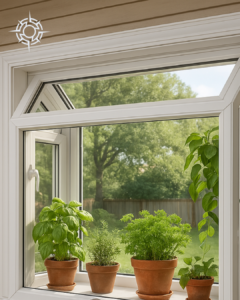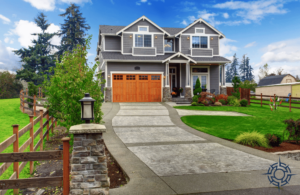In recent years, the storm damage insurance landscape has undergone significant changes, especially in regions frequently hit by severe weather. A striking example is Florida, where the increasing severity and frequency of storms have led to a surge in insurance claims, resulting in a higher rate of denials and even rendering some areas nearly uninsurable. This situation serves as a cautionary tale for homeowners in Minnesota and the Twin Cities, underscoring the need for awareness and preparedness in handling storm damage claims.
Minnesota, with its own share of harsh weather conditions, is not immune to these challenges. Homeowners in the Twin Cities and surrounding areas often face the complexities of filing insurance claims after storm damage. A crucial point to note is the rising trend of claim denials in the state. While specific statistics vary, it’s estimated that a significant percentage of storm damage claims, especially those related to roof damage, are initially denied by insurance companies. These denials can stem from various reasons, ranging from insufficient documentation to disputes over the extent of the damage.
Understanding why these denials occur is the first step in effectively navigating the insurance claims process. By learning from scenarios in regions like Florida, Minnesotans can better prepare for and address the challenges associated with storm damage claims. The following sections will delve into common reasons for insurance denials and practical strategies to get claims approved, highlighting the essential role of a competent and trustworthy contractor in this process.
Understanding Storm Damage Claim Denials: A Contextual Overview
The landscape of home insurance claims, particularly for storm damage, is intricate and often challenging for homeowners to navigate. This complexity is becoming increasingly evident in Minnesota, mirroring trends seen in more hurricane-prone areas like Florida. As severe weather events become more frequent and intense due to climate change, insurance companies are scrutinizing claims more closely, leading to a rise in denials.
Resolving Common Storm Insurance Claim Denials
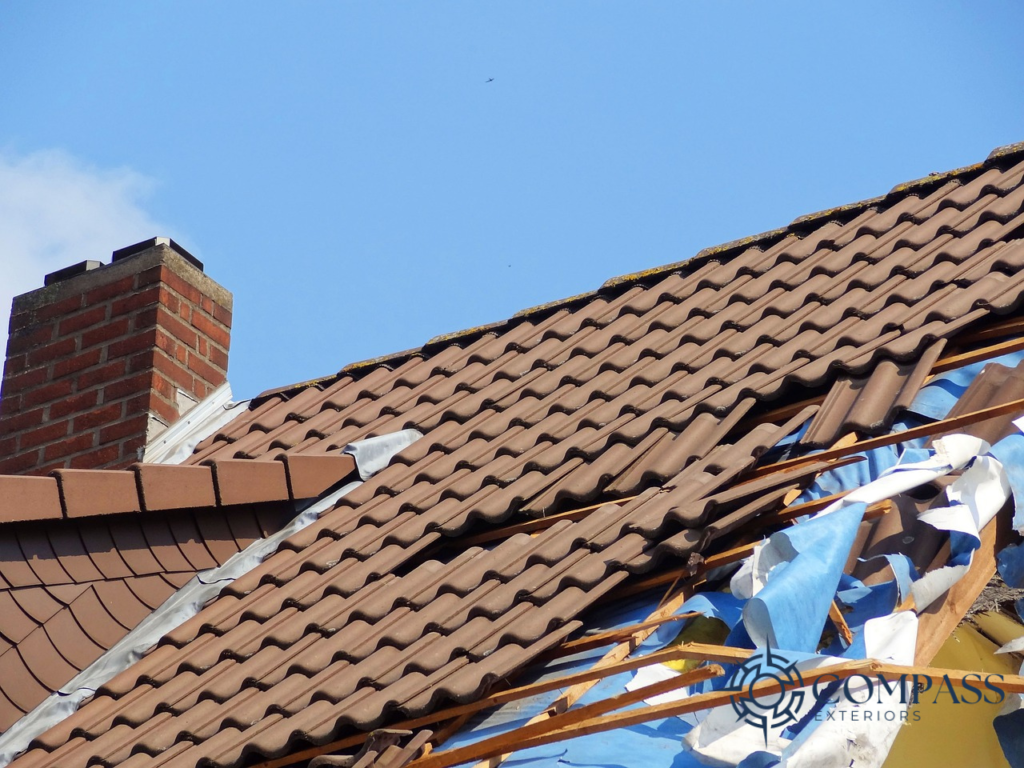
Homeowners in Minnesota, particularly in the Twin Cities and surrounding areas, frequently encounter several scenarios leading to storm damage claim denials. Understanding these common situations can help in effectively navigating the claims process.
- Misattributed Damage Causes: Often, denials occur when the insurance company attributes the damage to factors other than the storm, like regular wear and tear or pre-existing issues. For instance, roof damage claims might be denied if seen as age-related rather than storm-related.
Resolution: Keeping regular maintenance records and conducting pre-storm inspections can be key. Photographic evidence showing the property’s condition before and after the storm is crucial in disputing such denials. - Insufficient Documentation: A common reason for denial is the lack of adequate documentation. Adjusters may find the evidence insufficient to prove the damage resulted from the storm.
Resolution: Homeowners should document all damages thoroughly with photos and videos, and maintain detailed property inspection records. - Policy Exclusions: Sometimes, claims are denied due to specific exclusions in the insurance policy.
Resolution: Understanding policy details is essential. In ambiguous cases, consulting with an insurance expert or a knowledgeable contractor can aid in crafting an effective claim.
Awareness of these scenarios prepares homeowners to file comprehensive claims and challenge unwarranted denials. The next section discusses strategies to employ if a claim is denied, emphasizing persistence and informed advocacy.
Strategies for Overcoming Insurance Claim Denials and Delays Navigating the Denial Process
When homeowners in Minnesota face a denial of their storm damage claim, immediate and strategic actions are crucial. When faced with a claim denial, homeowners in Minnesota should:
- Review the Denial Letter: Understand the insurer’s reasons for denial.
- Gather Evidence: Collect photographs, videos, and maintenance records. Obtain a contractor’s assessment for an independent view of the damage.
- Formulate a Response: Draft a formal appeal letter with all supporting documents, clearly outlining the reasons for disputing the denial.
In disputes, it’s crucial to:
- Seek Professional Advice: Consulting with an insurance claim lawyer or a public adjuster can provide valuable insights.
- Understand Your Policy: Being aware of the rights and obligations outlined in your policy is essential.
- Maintain Communication: Document all interactions with the insurance company.
To identify stalling by the insurance company, be aware of typical claim processing timelines. If experiencing unreasonable delays:
- Set Deadlines: Provide clear deadlines for the insurer’s responses or actions.
- File a Complaint: If delays persist, consider filing a complaint with the state’s insurance regulator.
- Consider Legal Action: As a last resort, explore legal options after consulting with a legal expert.
Navigating a denied storm damage claim involves diligent documentation, understanding insurance policies, and seeking professional assistance when necessary. Up next, the role of contractors in this process and their impact on claim success.
The Crucial Role of Contractors in Storm Damage Insurance Claims
A competent contractor plays a pivotal role in the insurance claim process. They not only repair the damage but also help substantiate claims. Experienced contractors provide detailed damage assessments, crucial for differentiating new storm-related damage from pre-existing conditions. They can also offer detailed repair estimates and timelines, valuable in insurance documentation.
Selecting a suitable contractor involves:
- Experience and Expertise: Look for contractors with a background in storm damage and insurance repairs.
- Licensing and Insurance: Confirm that the contractor is licensed and insured.
- Reputation and References: Check reviews, testimonials, and ask for references.
- Communication Skills: Opt for contractors who communicate effectively.
Partnering with the right contractor enhances the chances of a successful insurance claim and ensures quality repairs.
Proactive Measures for Storm Damage Claims and Choosing the Right Contractor Preventive Measures and Future Planning
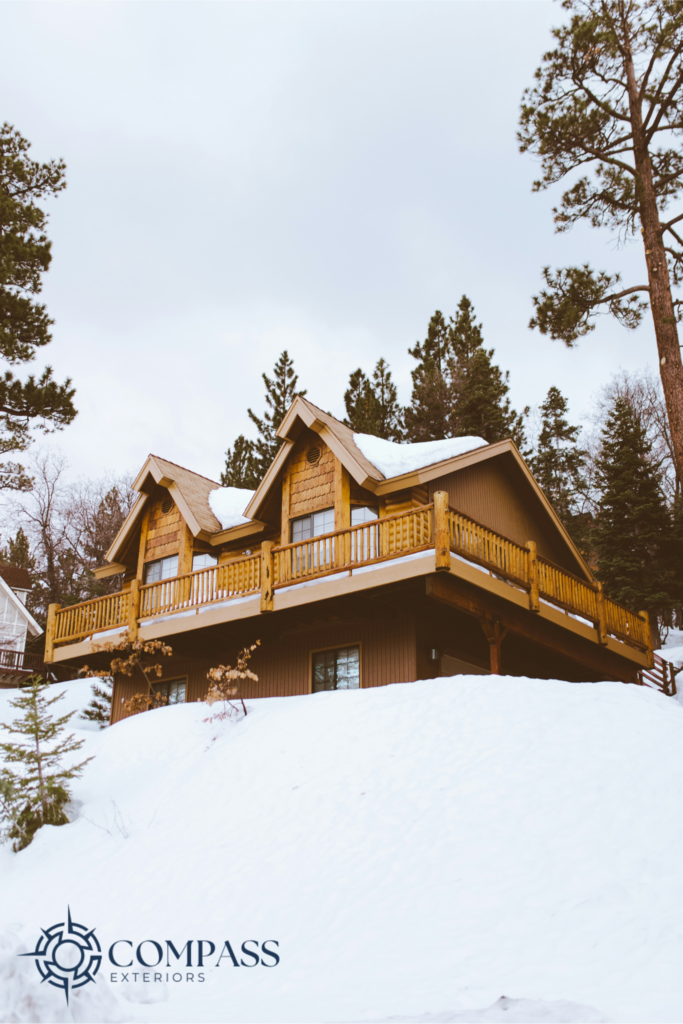
To minimize storm damage and smooth future claim processes, homeowners should:
- Regularly inspect and repair roofs, gutters, and windows.
- Install storm shutters and reinforce garage doors.
- Understand and update insurance policies annually.
- Keep an up-to-date inventory of home contents.
- Document the condition of the home before storms through photographs or videos.
- Maintain records of all home improvements and repairs.
Compass Exteriors Can Help Guide You Through the Storm Damage Claim Process with Success
Choosing the right contractor, like Compass Exteriors, is crucial. They provide not only quality repairs but also assist in the insurance claim process. Their experience and knowledge in dealing with insurance companies can significantly influence the claim’s outcome.
While storm damage can be daunting, preparedness and support from skilled contractors like Compass Exteriors ensure manageable and successful experiences for homeowners in the Twin Cities and surrounding areas.

